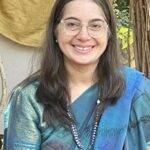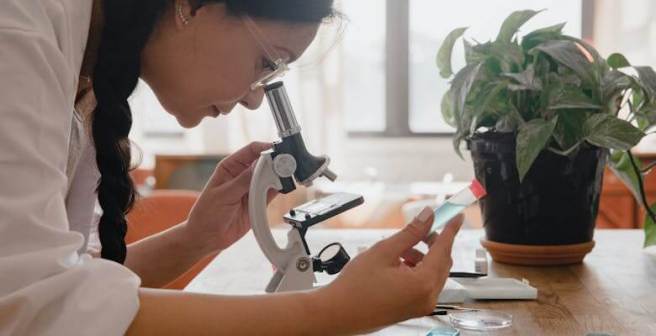Embracing multilingualism in research

The artificial boundaries separating communities internationally have long disappeared in the virtual world. This has led to access to knowledge across borders, irrespective of where one lives. A large proportion of research is still communicated in English, presenting a challenge particularly for early career researchers who wish to establish themselves in the international research arena.
There is no better time than today to embrace the cultural and multilingual richness of researchers living all over the world. Rather than conforming to one language or style, wouldn’t it be an incredible learning experience for all of us if we could instead immerse ourselves into each other’s worlds?
Consider the medical doctor who works in a non-English speaking region, trying to conduct research in local languages and dialects. This same medical doctor may find the entire idea of writing and publishing their wealth of knowledge and insights daunting owing to language hurdles. Or think of the common scenario of a native English-speaking researcher missing out completely on research reported in international languages due to their own linguistic limitations. Surely, they would like to understand all research that is being communicated on their subject, regardless of language. Similarly, one would hope that language would not be a restriction imposed on anyone wishing to do great research – as innovation knows no boundaries.
It truly is time to embrace the diversity of languages and celebrate the mother language. We need to seriously consider proactive solutions – through technological advances and innovation – to overcome our invisible barriers and work together towards a more diverse and sustainable world. May empathy triumph over silos, and may diversity enrich research communication in the years to come.





